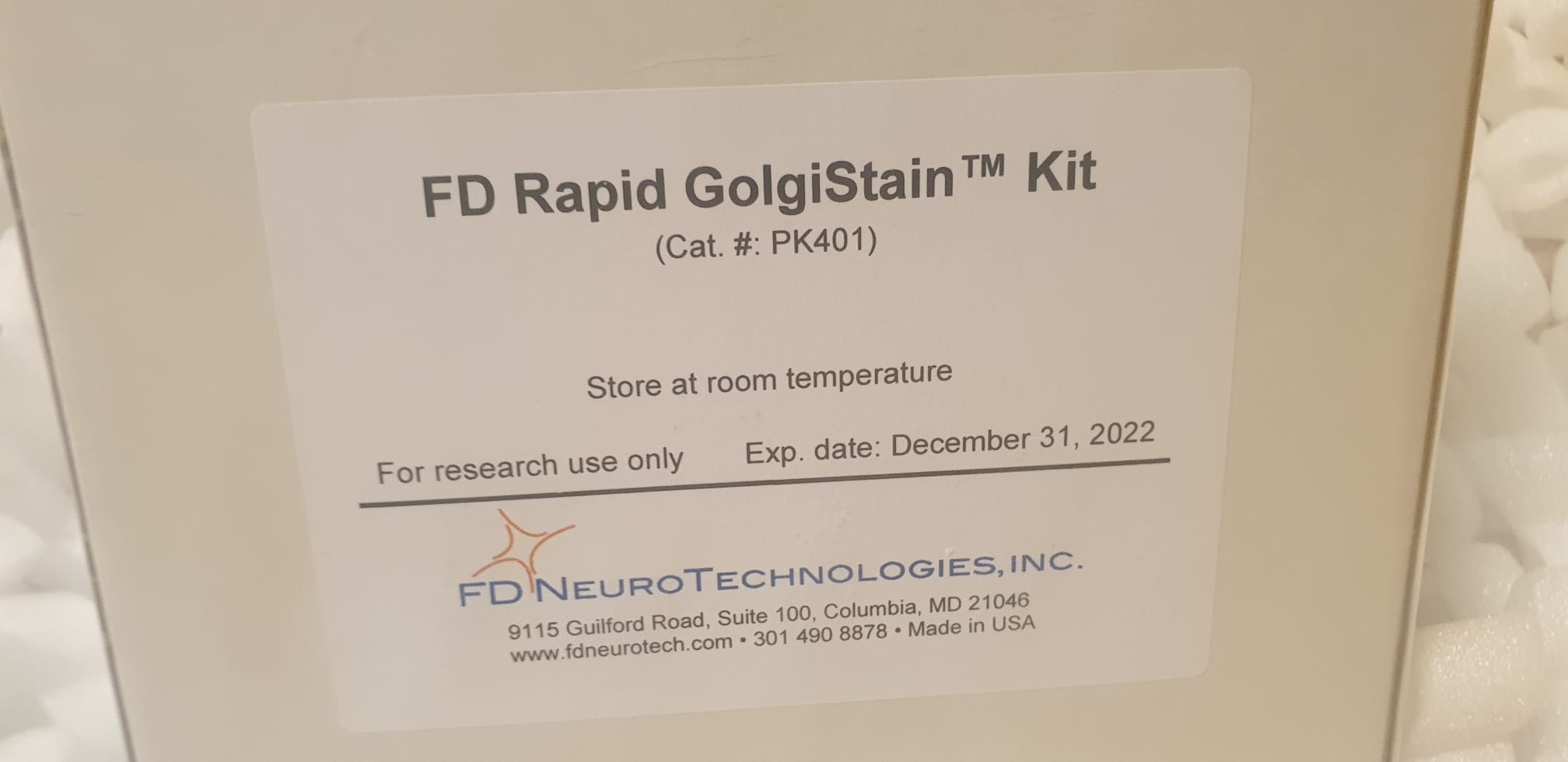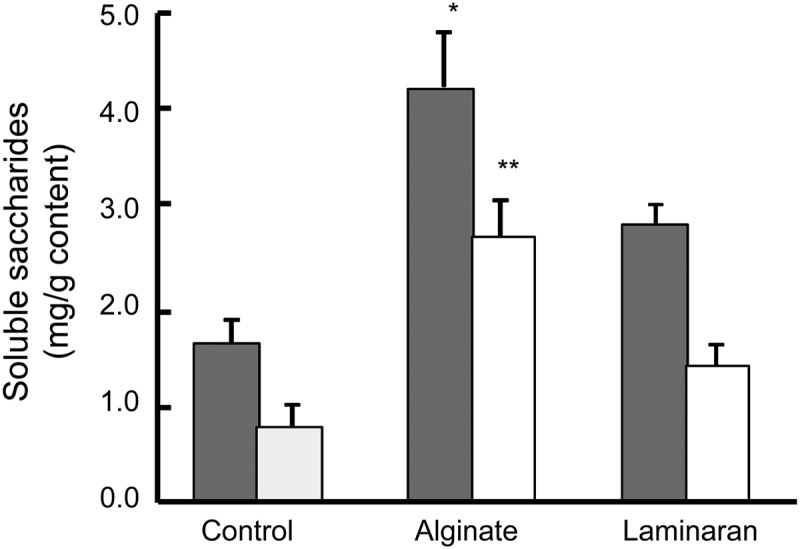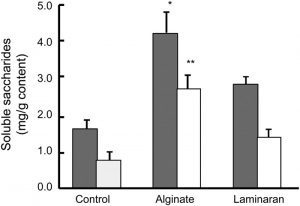The Rapid Response COVID-19 Antigen Rapid Test Pen (Saliva) is an in vitro immunoassay. The assay is for the direct and qualitative detection of SARS-CoV-2 viral nucleoprotein antigens from saliva samples through visual interpretation of colour development. This test is intended for professional use only.
Key Benefits:
• First and the only no-spit test dedicated to COVID-19 – Its sponge-like pen tip will collect a sufficient volume of specimen in 2 mins without the need to spit and avoiding uncomfortable nasal/throat swabbing.
• ALL IN ONE – No need to waste time setting up a workstation and handle numerous assay components. All you need is one pen that can be used comfortably in any location.
Test Principle
Anti-SARS-CoV-2 antibodies are immobilized on the test region of the nitrocellulose membrane. Anti-SARS-CoV-2 antibodies conjugated to coloured particles are immobilized on the conjugated pad. A sample is added to the extraction buffer which is optimized to release the SARS-CoV-2 antigens from specimen. During testing, target antigens, if present in the saliva samples, will be released into the extraction buffer individually packed in the kit. Consequently, the extracted antigens will bind to anti-SARS-CoV-2 antibodies conjugated to coloured particles
As the specimen migrates along the strip by capillary action and interacts with reagents on the membrane, the complex will be captured by the anti-SARS-CoV-2 antibodies at the test region. Excess coloured particles are captured at the internal control zone. The presence of a coloured band in the test region indicates a positive result for the SARS-CoV-2 viral antigens, while its absence indicates a negative result. A coloured band at the control region serves as a procedural control, indicating that the proper volume of specimen has been added and membrane wicking is working.
ï¿ INVBIO saliva alcohol screening test kit detects alcohol presence in saliva. Therefore, directly dipping the strip into alcohol alone will not provide you with an accurate reading.
ï¿ It is very important that the test be read at exactly two minutes, The result you read 2 minutes after saturation with saliva is the accurate test result.
ï¿Nothing should be placed into the mouth of the subject for at least 10 minutes prior to saliva collection. This includes food, drink, tobacco products or other materials.
SPECIMEN COLLECTION AND PREPARATION
ï¿Nothing should be placed into the mouth of the subject for at least 10 minutes prior to saliva collection. This includes food, drink, tobacco products or other materials.
ï¿ Saliva specimen can be collected in a sputum cup or a clean container, or directly applied to the reaction pad of the test strip.
PROCEDURE:
Open the foil package and remove the test strip.
Saturate the reactive pad by dipping the reaction pad into the saliva specimen collected in a cup, or saturate the reactive pad on the end of stick with saliva in mouth for 10 seconds, shake off the excess saliva.
Immediately start timer and at exactly 2 minutes, compare the reactive pad with the provided colored chart.
Results after more than 2 minutes may be not accurate.
INTERPRETATION OF RESULTS:
Negative: Almost no color change by comparing with the background. The negative result indicates that the BAC is less than 0.02%.
Positive: A distinct color developed all over the pad. The positive result indicates that the BAC is 0.02% or higher.
Invalid: The test should be considered invalid If only the edge of the reactive pad turned color that might be ascribed to insufficient sampling.



